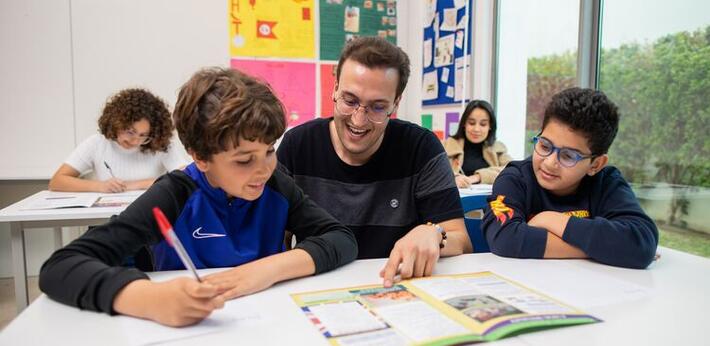You are here
Home ›27/04/2015
Malaysia Education Blueprint 2015-2025 (Higher Education) Launched
Malaysia’s commitment to being a world-class knowledge economy – and a regional education hub – received a boost this month with the launch of a new higher education strategy: The Malaysia Education Blueprint 2015-2025 (Higher Education). Malaysia’s Prime Minister Dato’ Sri Mohammad Najib bin Tun Abdul Razak launched the blueprint on 7 April in Kuala Lumpur. The National Higher Education Blueprint 2015-2025 will create morally sound graduates who are well-rounded and balanced individuals, and who can hold their own against the world's best, said Prime Minister Datuk Seri Najib Tun Razak.
The Malaysia Education Blueprint has set new targets for 2025, including:
- Improving tertiary enrolment rates from 36% currently to 53%, and higher education enrolment from 48% to 70% – especially via opening up spaces in technical and vocational education and training (TVET), private institutions, and online learning;
- Increasing the current 75% graduate employability rate to more than 80% in 2025;
- Placing one university in Asia’s Top 25, two in the Global Top 100, and four in the Global Top 200 (currently there is one Malaysian university in the Global Top 200 and five in the Asian Top 100);
- Increasing international students to 250,000;
- Placing among the top 25 in the 50 countries Universitas 21 ranks in terms of research, enrolment, and employability (Malaysia is currently 44th).
British Council commentary:
The Education Ministry has released the Malaysian Higher Education Sector Blueprint 2015-2025 with the objective of giving the national higher education system a quantum leap. The catalyst for the blueprint was the recognition of how much has changed since the last strategic plan, thus the need for an update, including changing the initial target of hosting 200,000 international students by 2020 to 250,000 by 2025. This blueprint outlines government policy as regards to what is new in higher education, raising the standard of the higher education system, building on strengths and comparative advantages, and to meet the demands and needs of the ever-changing education landscape. It will also be introduced to ensure consistency with the primary and secondary education system, and allow for seamless progression in terms of educational offerings, opportunities and advancement.
Initial reaction to the blueprint on this occasion has been positive, stating that the government has been realistic about problems, and that these have been quantified. However, the concern of many is that whether the execution and implementation is adequate enough to achieve targets, which still remains to be seen.






